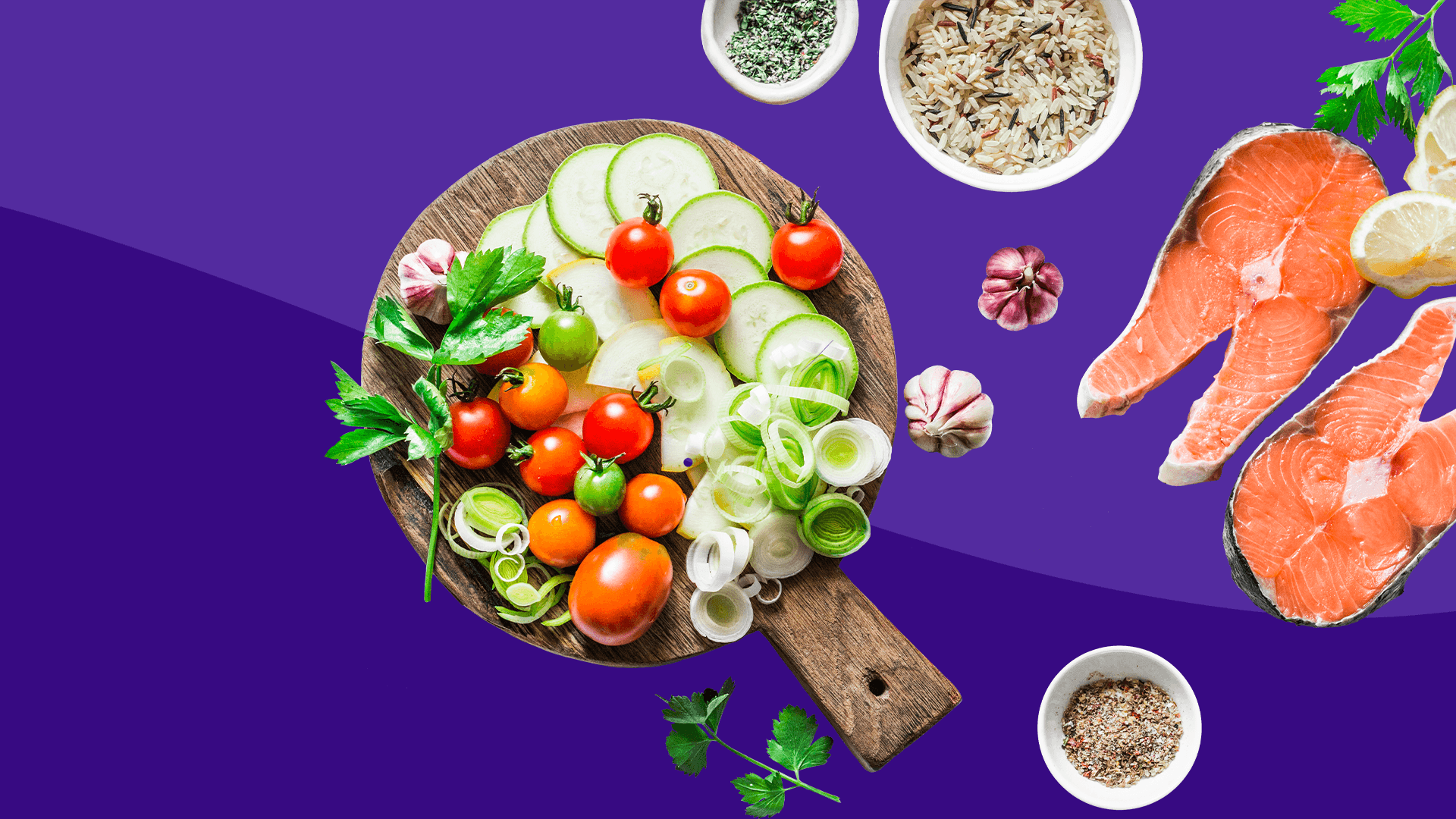Expanding Turmeric Plant for Residence Use
Turmeric (Curcuma domestica syn Curcuma longa) is a perennial plant of the ginger spouse and children that grows a height of at minimum 1 meter tall. It is a native of south-east Asia and is employed for its underground rhizomes, a famous ingredient as curry powder for meals coloring primarily the well known chicken curry, Campbell’s rooster soup, mustard, and other curry sauces in first class dining establishments. It is also utilized as a all-natural dye for some fabrics and other objects.
It has also a medicinal attributes as pure pain killer and explained to help in curing most cancers.
It is the major component for practically Indian curry powders and in some cases goes by the name of Indian saffron but is not connected to saffron at all.
Progress Necessities
Soil. A perfectly-drained soil with rich natural and organic supplies is an suitable soil for planting turmeric.
Mild. The space really should be exposed to complete sunlight at minimum 5 – 7 several hours a day. If the area is shady, come across a slight shade with daylight publicity all through the day.
Drinking water. Tumeric tolerates nicely with a standard drinking water supply throughout its entire rising time period. Really don’t more than water, because the roots will rot with as well a lot water offer.
Plant nourishment. The soil should be rich with natural and organic products with more fertilizer if the plant shows slower development all through the reproductive period
Planting. Choose a refreshing and plump rhizomes with 2 – 3 buds per seed piece, and lay them in the germinating tray until the shoots emerges soon after 3 weeks. Following exposing your seedlings to gradual daylight, transplant each seedling in your well prepared plots distanced at 12 – 16 aside between row. If planted in containers, established a single seedling in every single pot container.
Pest and condition control. Purple spider mite and aphids are the only insect pests that attacks turmeric. To regulate them, just mist the leaves with an insecticidal soap to wash them absent. Some typical ailment is the leaf location, a fungus infection. Use Bordeaux fungicide to control this ailment.
Harvesting. Harvest the rhizomes after 250 days right after or 9 – 10 months after planting when the leaves turns yellow and the stems are drying up. Dig carefully at the plant foundation and harvest the rhizomes. If you might be harvesting them for household use, just just remove a portion of the clump and remain the rest for future use.
Happy gardening!





